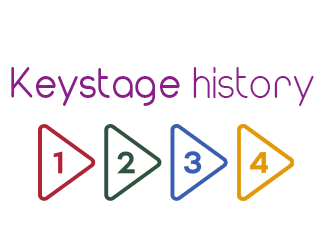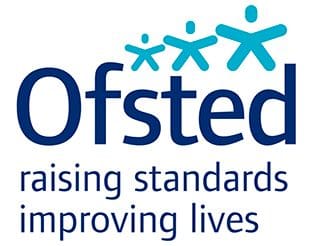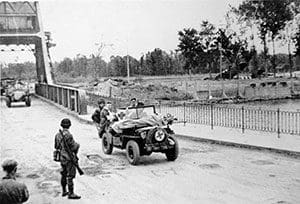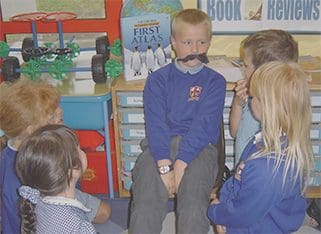
Sometimes the simplest ideas have the most impact, probably because we don’t over-complicate. Looking for a way of getting students to think for themselves, rather than slavishly follow the ideas listed in the textbook, I started to use ‘how plausible?’ as a strategy. It has worked wonders, initially at GCSE but now at A level. I’ve even started to roll out the idea in KS2 teaching.
The simplicity is its beauty. Give pupils a puzzling question and then four alternative possible answers, all of which are not only plausible but have actually been advanced by historians. In other words this is not a simple odd-one-out or true false. Instead, pupils have to decide the order of plausibility.
What matters, of course, is not the ‘right answer’ but rather the thought processes. Even for pupils who don’t think deeply in any history lesson, the activity allows them to put forward a point of view, KNOWING THEY CANNOT GET IT WRONG. You might think this leads to careless thinking, but once liberated from the fear of failure, they actually develop the confidence to at least have a go.
So whether it’s a KS2 puzzle on why Stonehenge was built or an A level puzzle on why Catholicism virtually died out in Elizabethan England, there is plenty of scope for creating these simple four alternative answers. At the very least pupils read and begin to discuss the ideas: possibly more valuable that just extracting them from the textbook unquestioningly.







